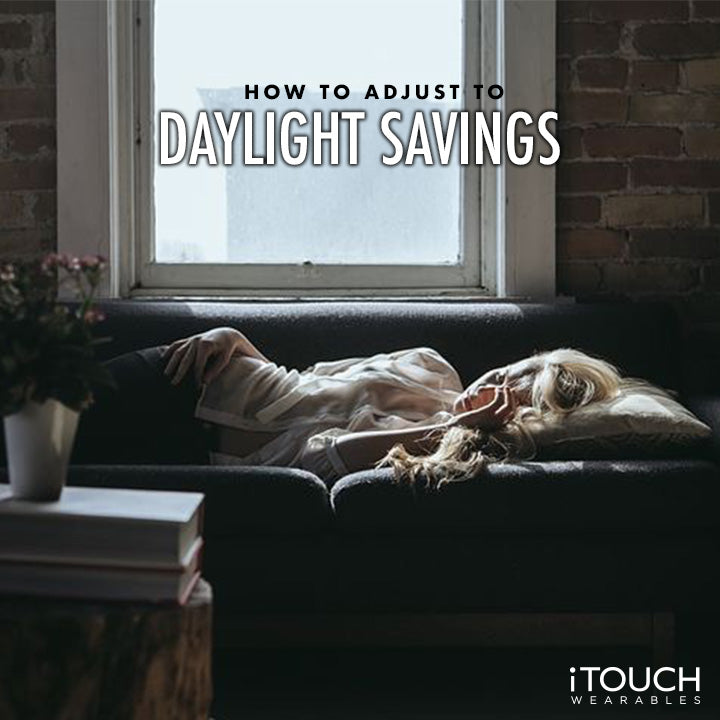
How To Adjust To Daylight Savings
Almost everyone looks forward to “falling back” and receiving an extra hour of sleep in autumn due to daylight savings. Nonetheless, It actually can take the body up to a week or more to adjust to falling asleep and waking up later. To help your body adjust properly, here is how to adjust to daylight savings!
Keep Your Sleep Routine

In autumn, changing your sleep routine isn’t necessary. You should still fall asleep at your normal time, and your body will feel the same when you wake up. You should also stay consistent with the amount of sleep you get each night. Sleeping in on weekends and taking advantage of that extra hour may sound like a good idea, but it can disrupt your sleep cycle greatly. Turn off your mind, turn off your electronics, and turn in at a normal time. Then expose yourself to the bright light in the morning to help you adjust and wake up regularly.
Have a Nighttime Ritual

If you don’t have a nighttime routine, it’s time to create one. According to research, about 20% of Americans report they get less than six hours of sleep. The nation is already heavily sleep deprived, so it’s time to adjust. To help the insufficient sleep epidemic and help your body for daylight savings, make yourself a bedtime routine. Make a habit of slowing your body down, dimming your lights, and taking a warm shower before your desired bedtime. Most importantly, put away your phone, computer, and tablet, turn off your television, and pick up your favorite book. Avoiding screen time close to bedtime will make sleep easier, so you will adjust easier.
Maintain Your Schedule

Along with keeping your sleep schedule, you should keep your every day schedule the same as well. Try to manage and work the hour change into your schedule, keeping activities as close to normal as possible. Some things to be consistent with are eating, social outgoings, along with bed and exercise times. Raising your body’s core temperature can actually make it harder to fall asleep, so avoid heavy workouts within four hours of bedtime. This will keep your body on track as if the time never changed. The closer you stick to your normal routine, the faster your body will adjust to the clock!
Don’t Take Naps

Avoiding naps is key for adjusting to the time change. Shutting your eyes during the day is temping if you’re feeling sluggish or sleep deprived. However, longer daytime naps make it harder for you to get a full night’s sleep. This is because napping re-cues the body’s drive to sleep, so you won’t be as tired at night as you need to be. Instead, step into the sun to stimulate your body and help retrain your inner clock.
Share how you adjust to daylight savings by tagging us on Instagram @itouchwearables and Facebook @itouchwearables. Also, be sure to check out our new articles published daily!
-Gina


